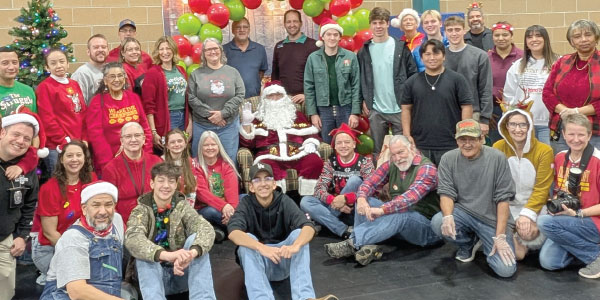El 5 de noviembre doctores del Reino Unido anunciaron que el tratamiento de genes fue efectivo para Layla, una niña de un año con cáncer.
Layla, quien había sido diagnosticada con leucemia a los 3 meses, se había pensado que tenía de pocos a ningún chance de vivir cuando sus padres decidieron tratar un nuevo tratamiento de experimento. De acuerdo a New Scientist, la idea detrás de esta terapia es “remover células inmunes del paciente, modificarlos para que ataquen las células cancerígenas y ponerlas de vuelta en el cuerpo.” Sin embargo, a Layla estas células fueron de un donante. De acuerdo a los doctores y científicos que estuvieron trabajando en el caso, la terapia había sido usada únicamente en ratones.
En el transcurso de un mes no había ninguna huella de cáncer en el cuerpo de Layla. Los doctores dijeron que continuarán siguiendo el caso y el progreso para saber la efectividad de la terapia.
“Estas células aparentemente funcionaron increíble en su cuerpo,” dijo Dr. Paul Veys, director de la unidad de trasplante de médula de la universidad de Great Ormon Street Hospital. “Pero no quiere decir que vayan a funcionar para los siguientes cinco o 10 niños que tratemos – y necesitamos hacer mas investigación para ver qué tan buenas son.”
Gene editing treats cancer in British girl
Paula Alzate
On Nov. 5, doctors from the United Kingdom announced that gene editing was effectively treating Layla, a 1-year-old girl with cancer.
Layla, who had been diagnosed with leukemia at 3 months old, was thought to have little or no chance to live when her parents decided to try an experimental treatment. According to New Scientist, the idea behind gene therapy is to “remove immune cells from a patient’s body, genetically engineer them to attack cancerous cells and place them back in the body.” However, for Layla, genetically engineered immune cells from a donor were used. According to the doctors and scientists involved, the therapy had only been used in mice.
Within a month, there were no signs of cancer in Layla’s body. The doctors have said they’ll continue to do follow-ups to check on her progress and the therapy’s effectiveness.
“These cells appeared to work incredibly well for her,” said Dr. Paul Veys, bone marrow transplant unit director at London’s Great Ormond Street Hospital. “But that doesn’t mean that they are going to work for the next five to 10 children that we treat – and we need to do some more paper studies (to) learn just how good they are.”











